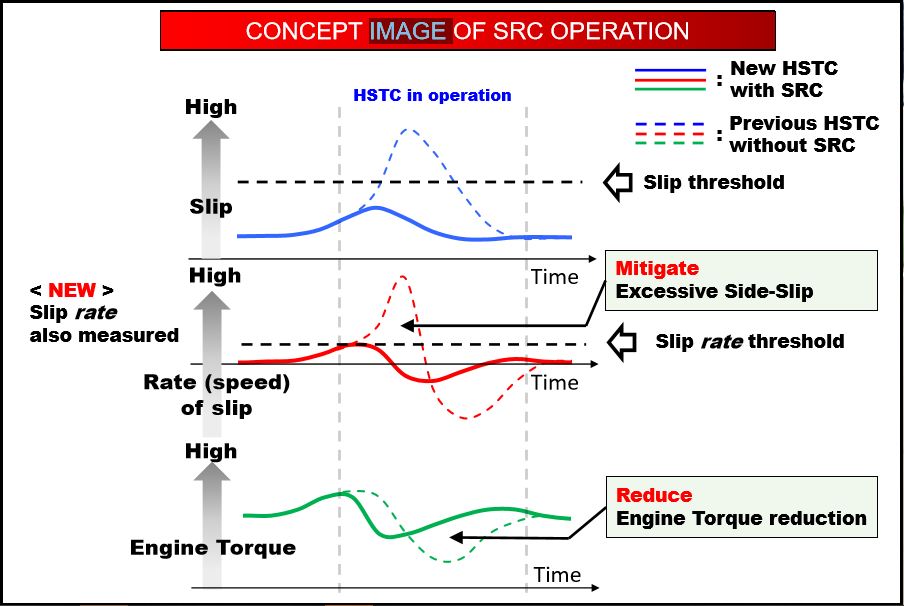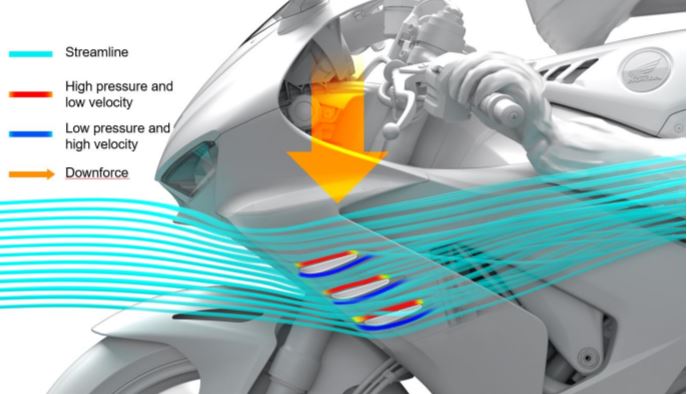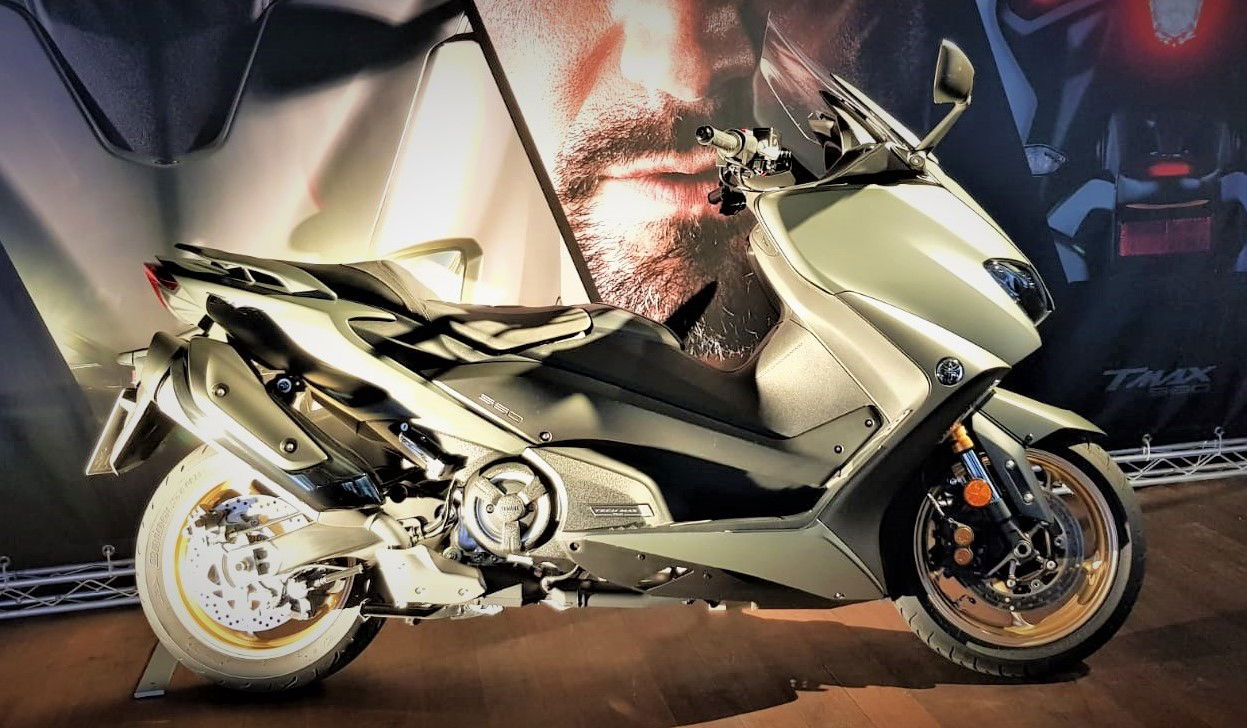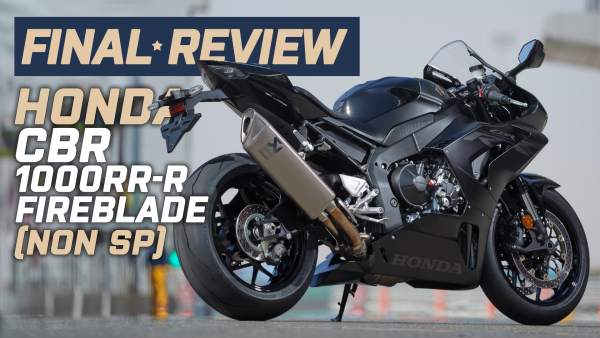2020 Fireblade CBR1000RR-R SP review
The 2020 Fireblade CBR1000RR-R SP is more powerful than before and more physically demanding on track but it’s not a handful to ride and it still feels every inch a Fireblade.
.jpg?width=1600&aspect_ratio=16:9)
The latest generation 2020 Fireblade CBR1000RR-R SP is finally here, but is it the greatest in a long line of Fireblade winners?
For nearly 30-years, the Fireblade has been a constant figurehead of the Honda sports motorcycle range. Its combination of supreme road manners at low speed and scalpel-sharp handling at pace made it a favourite with sports riders who didn’t spend their time purely on track.
Any new Fireblade is important but the latest generation has a greater task ahead of it compared with its predecessors. Though Honda has resisted the temptation to go V4, it has the Ducati Panigale V4 firmly in its sights both on the road and on the track.
Indeed, a few lean years on the Superbike racing scene has prompted Honda to go all in with this model, raising the power output and refining the electronics without losing the rideability that made it such a success in the first place.
Drafting in its MotoGP-dominating HRC set up in to both develop the road bike and lead its renewed full factory WorldSBK efforts, if the previous generation ‘Blade was like taking a knife to a gun fight, then the new model is its unabashed sawn-off shotgun of a weapon.
Watch our 2020 Fireblade CBR1000RR-R SP video review:
Good-mannered and well-behaved sportsbikes rarely become machines that are capable of taking it to the top step of the podium. In the case of the previous generation ‘Blade, it had also lagged behind at least three of the other manufacturers in the overall BHP power struggle – something Honda had always previously declined to get involved in.
For 2020 though Honda has built its most extreme, track-focused and powerful Fireblade to date. Here’s what it was like to ride on the full MotoGP track at Doha, Qatar.
Is this the bike that can help to recapture their past glories on road and track?
.JPG?width=1600)
2020 Fireblade CBR1000RR-R SP pricing and colours
There are two versions of the new Fireblade available, the SP that we rode on track and the standard 2020 Fireblade CBR1000RR-R. The SP comes in at £23,499 and gets Öhlins NPX Smart EC 2.0 Forks and a TTX36 Smart EC Unit at the rear. Each comes with multiple levels of adjustment and pre-set suspension modes, all controlled through the dash and the left-hand switch cube. The SP also gets Brembo Stylema calipers and a new six axis IMU, both are new for this year. The standard Fireblade is £19,999 and wears Showa Separate Function Big Piston Forks, a Showa Balance Free shock and four-pot Nissin calipers. Both bikes are available in either the Honda HRC Tricolour paint scheme (as ridden) or a stealthy black ensemble with matt finished touches.
.JPG?width=1600)
2020 Fireblade CBR1000RR-R SP engine
At the heart of the bike is an all-new 1000cc inline four-cylinder engine, designed from the ground up with the primary aim being to produce more power than any other Fireblade unit to date. To do this, Honda drafted in key figures from the HRC MotoGP teams and also the RC123V project. The result is an engine that produces 214bhp at 14,500rpm, more than any other normally aspirated inline 4-cylinder engine.
.JPG?width=1600)
To help drag every last BHP from the engine, the new sportsbike has the same bore and stroke as the RC123V along with that bike’s DLC coated internal parts. The intake of the bike is also bigger and more free-flowing thanks to Honda’s ingenious way of moving the ignition to behind the headlight. It’s a small detail that makes a big difference to how the bike can be packaged and it’s just so typically Honda.
.jpg?width=1600)
On the Losail MotoGP track the new engine feels every inch a 214bhp unit, fighting continuously with the bike’s electronics as it tries to lift the front over the slightest undulation. The main straight at the track is 1km long and the new Honda was topping out at an indicated 185mph, on the limiter in fifth. It’s hard to gauge how quickly it could go with a longer run, my guess is that 200mph could be on the cards.
When not with the throttle to the stop the new engine feels just like a Fireblade engine. With 88lb-ft of torque arriving at 12,500rpm, it’s a little peaky and requires you to keep one ear on the revs and to nail gear selection. But other than that, it’s very well behaved and good mannered.
.JPG?width=1600)
For many armchair critics of the last generation Fireblade, most of which hadn’t ridden the bike, the main problem was the gearbox and the dreaded false neutrals. I’m happy to report that the six-speed ‘box in the new CBR is excellent with a decent throw of the lever and a nice positive feeling as you snick through the gears. After about five sessions on track and riding all day I didn’t once have an issue going in either direction. The quickshifter is excellent, and it’s standard on the SP and an option on the standard machine. I was particularly impressed with the smoothness of the downshifts when carrying some lean angle, helped by the improved slipper clutch gobbling up some of the rear wheel’s torque.
.JPG?width=1600)
2020 Fireblade CBR1000RR-R SPsuspension and handling
With Öhlins and Honda working from the inception of this project, the new EC forks, rear shock and steering damper are heavily revised for 2020 despite looking the same on the outside. The parameters the rider can adjust have been increased, meaning that alterations to the settings make a bigger difference to the overall feeling of the bike.
The bike’s dimensions and geometry are also all-new, with a new swingarm 30.5mm longer than before. At the front-end rake has increased by 1mm and trail by 6mm. All this, along with some frame changes, equates to a 50mm increase in wheelbase, helping to improve stability.
.jpg?width=1600)
To start the day, we went out on what three-time Grand Prix champion Freddie Spencer called a fast road setting. This was riding mode 2, suspension in A2, ABS in track setting, steering damper in soft and the quickshifter in the medium setting. Right out of the pits I could tell this would make a great mode for hammering along your favourite B-road but on the seemingly billiard table smooth grand prix circuit it’s was too soft, with front diving on the brakes and rear end pumping in the long left hander at the back of the track.

Coming back to the pits after our 20-minute session, we flicked the bike into a dedicated track setting that used, riding mode 1, and suspension A1, firming up the bike and sharpening the throttle response too. The change to the way the bike handled was literally like night and day. There were now bumps in the track that the previous setting had masked and the whole bike felt much more alive, eager to turn and vastly more stable on the brakes and the throttle. It was like jumping off your road bike on a trackday and jumping on your mates trackday weapon that's running slicks and tyre warmers - the difference is that big!
.jpg?width=1600)
Does the 2020 Fireblade CBR1000RR-R SP feel like a Fireblade?
With the rider ergonomics of the new machine almost a carbon copy of RC213V-S, it is a fair bit more aggressive in terms of riding position. If you’re looking at the new ‘Blade and hoping it’ll be as comfy as you ’08 Blade, don’t; it’s a much more focussed and aggressive machine. The peg-to-seat distance is shorter than before and the fuel tank lower. It’s a compact place to be, feeling akin to a supersport machine from the cockpit.
.jpg?width=1600)
The front fairing is small in surface area and low in total height, forcing the rider into a racing tuck. For my 5’7” frame it really wasn’t an issue, although some of the larger riders on track were struggling to get their entire upper body into the aerodynamic bubble.
.jpg?width=1600)
Other than the riding position everything else about the bike still feels distinctly Fireblade. It’ll pootle along in third on very little throttle and give no complaint and the switchgear and dash layout is a typical case study in finding the perfect location for every button and piece of information.
.JPG?width=1600)
2020 Fireblade CBR1000RR-R SP brakes
A major update for this year is the upgrade in hardware from Brembo M4 to higher-spec Brembo Stylema calipers. Working away behind the scenes there is also a new six-axis IMU system, replacing the previous five-axis unit that used a calculation to work out what the sixth axis could be. Under perfect climatic conditions, the brakes seem to have never-ending amounts of power, with a decent amount of initial bite as you begin pulling on the lever. The only thing limiting your ability stop any quicker is how hard you can grip the sides of the tank and stop yourself going over the top – a set of tank grips are advised!
.jpg?width=1600)
After spending numerous sessions on track, I never felt the ABS cutting in at all, even when trail braking deep into some of the track’s slower corners. The only clue that it was working was the ABS lights on the dash would flash rapidly from time to time. Even then, I still couldn’t register that the system was intervening, it’s seamlessly smooth, with no loss of pressure from the lever, no unsettling of the front end - nothing. You just experience smooth and precise deceleration into a corner as if nothing is happening. I’ve genuinely never experienced an ABS system like it.
.JPG?width=1600)
2020 Fireblade CBR1000RR-R SP equipment
Crowning the cockpit of the 2020 Fireblade is a very trick and well laid out TFT dash. I could go through the full remit of options and designs you can select but it’d run to the length of this piece already. What I can say is that it’s easy to read even with the massive amount of information that’s contained within it.

Beneath the sheen of the TFT is an all-new box of tricks and parameters that monitor the bike’s behaviour. The biggest change that I could feel on track was the updated Honda Selectable Torque Control (HSTC). It’s a fancy on-brand name for traction control and for 2020 it’s had a new load of algorithms poured into the ECU.
The new pile of zeros and ones means that the bike no longer detects a slip of the rear wheel, diving in and cutting all the engine power in the process. The update now measures the speed that the tyre is slipping, meaning it will only intervene by a specific and measured amount to achieve the desired result.
_0.jpg?width=1600)
Having had rear end slides on the previous generation Fireblade, I can accurately recount the feeling: Get on the power early and hard, back tyre slips and seems to step out by about a foot, the revs die off as the bike tries to control what’s happening. By now I’ve lost concentration and have already ruined the next straight.
But the new bike is totally different and clinically intuitive. Coming out of the fast right-hander that leads onto the start straight the back end slipped, but only by an inch or two. Before I had time to react the bike had already nulled the power slightly, bringing the back end inline and then removing the intervention so I could continue on my way.
Whizzing down the straight at about 180mph it dawned on me that I didn’t realise what was happening until the bike had already corrected it. The system is that quick it’s like a waiter pulling the silk tablecloth from under the dinner setting. Fast yet supremely smooth and with almost no clue to the rider that its happening.
_0.jpg?width=1600)
Does the front end aero on the Fireblade do anything?
The big talking point of this bike is the inclusion of the front fairing and its aerodynamic winglets, which Honda claim provides the same amount of downforce as the 2018 RC213V MotoGP machine.

Could I ‘feel’ the downforce on the track? I couldn’t put my finger on exactly where it was helping but the front end does feel extremely planted and very stable under heavy braking and at the point of turning in. It’s probably a combination of the electronic suspension, the added stability the downforce provides and also the super-sticky Pirelli Diablo Superbike slicks the bikes were shod with. Nevertheless, it’s a seriously impressive feeling, giving you the confidence to push on the brakes later and the throttle earlier.
.jpg?width=1600)
Should you buy a 2020 Fireblade CBR1000RR-R SP?
The main thing I really wanted to feel on the launch for this bike was that I was still riding a Fireblade. I didn’t want the bike to gain all that power and lose any of that natural feeling that you get from Honda’s flagship sportsbike. Yes, it’s more powerful than before and yes, it is more physically demanding on track but it’s not a handful to ride and yes it still feels every inch like a Fireblade.
With the focus for this bike being to put Honda back on the top step in championships like the BSB and WSBK there are some features which with casual road rider will need to either forgive, or learn to live with. It’s not that the bike is more focussed or harder to live with day to day than other top-flight sportsbikes. It’s just that for so long riders have looked to the Fireblade as a bastion of ease of use and of levels of comfort you can’t find elsewhere in the superbike market. This latest Fireblade isn’t like that, but it is so much better in many ways.
.jpg?width=1600)
2020 Fireblade CBR1000RR-R SP specs
ENGINE | |
Type | inline-4 |
Displacement | 999cc |
Bore x stroke | 81mm x 48.5mm |
Maximum power | 214horsepower @ 14,500 rpm |
Maximum torque | 83 ft/lbs @ 12,500 rpm |
Compression ratio | 13;1 |
Valvetrain | DOHC, 4vpc |
Fueling | PGM-FI; 52mm throttle bodies |
Cooling | Liquid |
Transmission | 6-speed w/ bi-directional quickshifter |
Final drive | Chain |
CHASSIS | |
Frame | Twin-spar aluminum |
Front suspension | Öhlins NPX 43mm telescopic fork w/ Electronic Control (S-EC); 4.9 in. travel |
Rear suspension | Pro-Link system; single Öhlins shock w/ Electronic Control (S-EC); 5.6 in. travel |
Wheels | Cast aluminum |
Front tire | 120/70 x 17 |
Rear tire | 200/55 x 17 |
Front brakes | 330mm discs w/ radially mounted 4-piston Brembo Stylema calipers |
Rear brake | 220mm disc w/ 2-piston Brembo caliper |
ABS Standard | |
DIMENSIONS | |
Wheelbase | 1455mm |
Rake | 24 degrees |
Trail | 101.4mm |
Seat height | 831mm |
Fuel capacity | 16.1 litres |
Wet weight | 201.3kg |
Many thanks to GoPro for supplying the latest Hero8 Black for this video.


